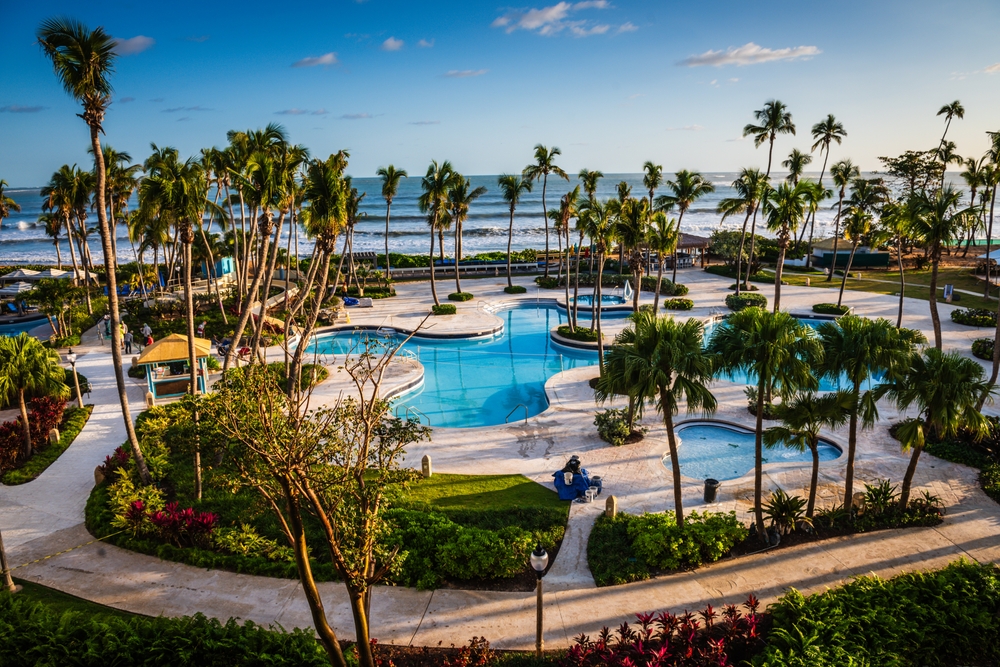Travelling South America
Exploring South America offers diverse experiences. the continent hosts various landscapes, cultures, and histories. Every country presents unique stories and adventures.
Brazil
Brazil stands out due to its extensive rainforests, vibrant cities, and lively festivals. Rio de Janeiro and São Paulo are dynamic with attractions like Christ the Redeemer and Avenida Paulista. The Amazon Rainforest covers a significant portion, home to diverse wildlife and indigenous communities. Traveling down the Amazon River reveals a world distinct from urban areas. Traditional dishes, such as feijoada, provide a taste of local flavors.
Argentina
Argentina combines sophisticated cities with natural wonders. Buenos Aires features European-style architecture, tango music, and milongas. In contrast, Patagonia offers dramatic landscapes with glaciers and mountains. The Iguazu Falls, shared with Brazil, is a must-visit natural attraction. Argentine cuisine, like juicy steaks and empanadas, showcases its culinary heritage. Wine regions, especially Mendoza, provide an opportunity to sample Malbecs.
Peru
Peru draws tourists with ancient history and natural beauty. Lima’s modern city vibe contrasts with the historical allure of Cusco. Home to the Sacred Valley and Machu Picchu, the country’s Incan sites are historical treasures. The trail to Machu Picchu, whether taken by train or hiking, offers stunning panoramic views. Also noteworthy is the Nazca Lines’ vast geoglyphs visible from above. Peruvian cuisine includes flavorful dishes like ceviche and lomo saltado.
Chile
Chile’s lengthy and narrow geography spans various climates. Santiago, the capital, is a modern city flanked by the Andes mountains. The Atacama Desert, one of the driest places, offers stargazing experiences. To the south, Torres del Paine National Park presents rugged natural beauty. Chile’s wine valleys are renowned for producing some of the world’s finest wines. Easter Island, with its mysterious moai statues, attracts those interested in ancient history.
Colombia
Colombia has transformed into a welcoming destination. Bogotá’s museums and graffiti tours educate visitors on the country’s history and vibrant culture. Medellín, once infamously unsafe, now boasts innovation and beautiful gardens. Caribbean coastal cities like Cartagena showcase colonial architecture and pristine beaches. The Coffee Triangle exhibits the country’s rich coffee culture. Colombian cuisine, including arepas and bandeja paisa, reflects diverse regional ingredients.
Bolivia
Bolivia offers unique experiences with its high-altitude cities and vast salt flats. La Paz, one of the highest cities, features cable cars providing expansive views. The Uyuni Salt Flat, the world’s largest, creates reflective landscapes during the rainy season. Lake Titicaca is known for its traditional communities and floating islands. Bolivia’s traditional markets display colorful textiles and local crafts. The local dishes, such as salteñas and silpancho, are worth trying.
Ecuador
Ecuador packs a variety of ecosystems in a small area. Quito’s well-preserved colonial center lies near the equator. The Galápagos Islands, famous for unique wildlife, attract nature enthusiasts. The Amazon Basin offers lush jungle experiences, often accessible from tour bases. The Andean highlands feature vibrant indigenous markets, such as those in Otavalo. Ecuadorian cuisine includes specialties like cuy and locro.
Uruguay
Uruguay combines peaceful beaches with cultural richness. Montevideo’s waterfront promenades are relaxing and picturesque. Punta del Este is famous for its upscale resorts and beaches. The historic town of Colonia del Sacramento displays colonial architecture. Uruguayan beef rivals its Argentine counterpart, making asado popular. Local traditions include drinking mate, a traditional South American tea.
Paraguay
Paraguay, less frequented by tourists, offers authentic experiences. Asunción, the capital, mixes modernity with historical sites. The Jesuit Missions of La Santísima Trinidad de Paraná are notable UNESCO sites. Itaipu Dam, one of theworld’s largest hydroelectric dams, showcases engineering marvels. The Paraguayan Chaco is an expansive wilderness area ideal for adventurous travel. Paraguayan culinary staples include sopa paraguaya and chipa.
Venezuela
Venezuela, despite current challenges, has natural attractions like Angel Falls and the Andes. The diverse ecosystem of the Canaima National Park is a UNESCO World Heritage site. The vibrant city of Caracas offers cultural experiences and urban parks. Los Roques archipelago features stunningly clear waters and coral reefs. Venezuelan dishes such as arepas and pabellón criollo are flavorful and satisfying.
Guyana
Guyana, part of the Guianas region, is rich with rainforests and rivers. Highlights include Kaieteur Falls, one of the world’s tallest single-drop waterfalls. The Iwokrama Forest gives visitors a chance to see biodiversity up close. Georgetown, the capital, features colonial buildings and a lively seafront. The cultural mix is reflected in the local cuisine, blending Indian, African, and indigenous influences. Cassava bread and pepper pot are local culinary favorites.
Suriname
Suriname, another part of the Guianas, melds cultures and nature. Paramaribo, the capital, is known for its wooden colonial architecture. The Central Suriname Nature Reserve offers pristine jungle experiences. The Maroon and indigenous communities maintain traditional lifestyles rarely seen elsewhere. Surinamese cuisine reflects a fusion of Javanese, Indian, and Creole influences. Dishes such as roti and pom highlight the blend of flavors.
French Guiana
French Guiana stands out as an overseas department of France. Cayenne, its capital, displays a mix of French and Creole cultures. The Guiana Space Centre is one of the world’s prominent satellite launch sites. Visiting the Devil’s Island introduces travelers to a notorious former penal colony. The Amazon rainforest covers a large part, offering eco-tourism opportunities. French Guianese cuisine, influenced by French and Creole traditions, includes dishes like bouillon d’awara.
Practical Tips for Traveling South America
- Research visa requirements ahead of time as they vary by country.
- Stay updated on local safety advisories and political climates.
- Learn basic Spanish or Portuguese phrases for better communication.
- Use reputable transport services and avoid traveling at night when possible.
- Respect local customs and traditions to enrich your travel experience.
- Ensure you have travel insurance that covers all potential activities.
Traveling in South America offers a rich array of experiences, from urban to natural wonders. Each country has its own identity and story, waiting to be discovered and appreciated.





